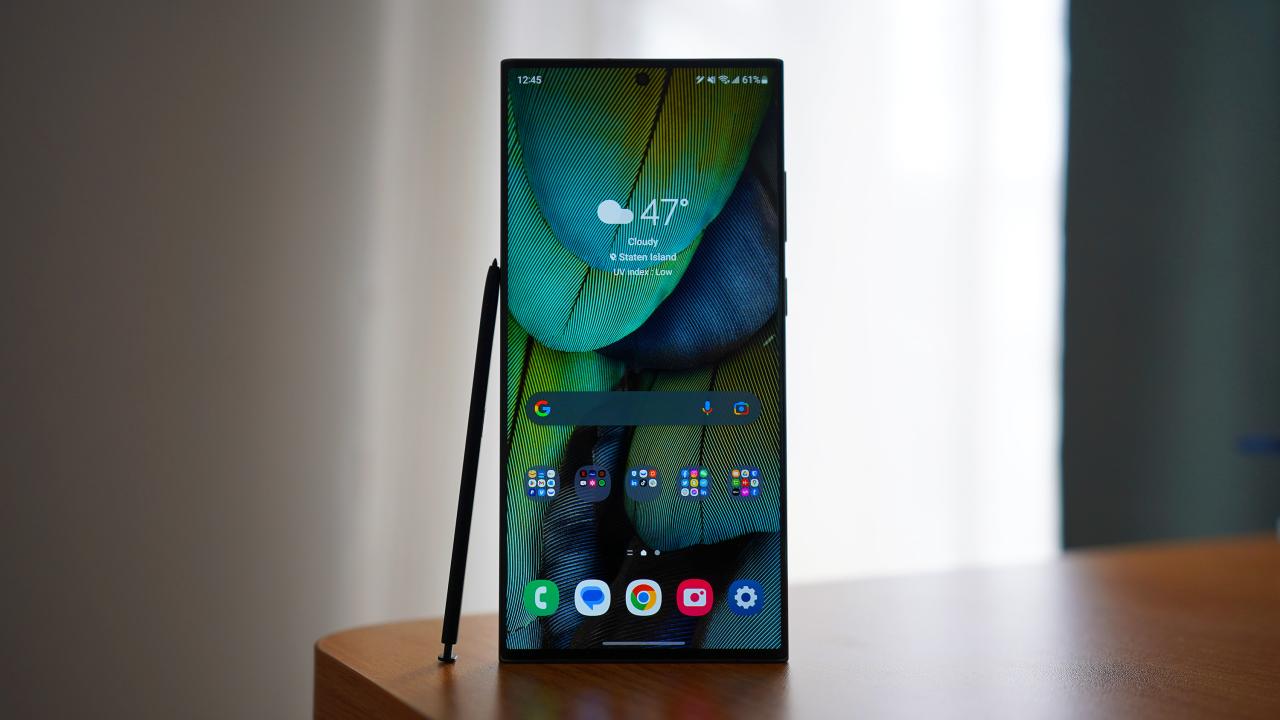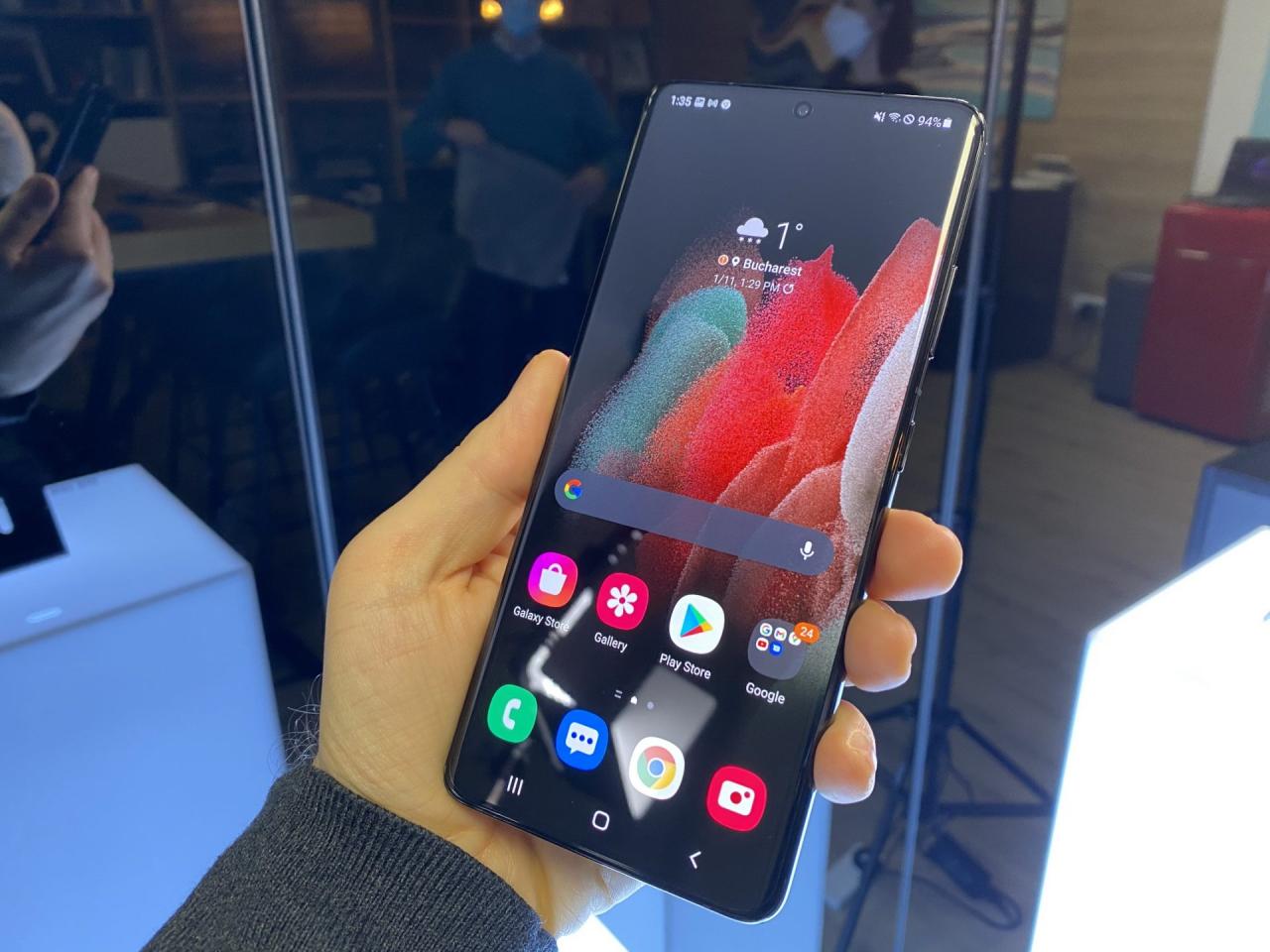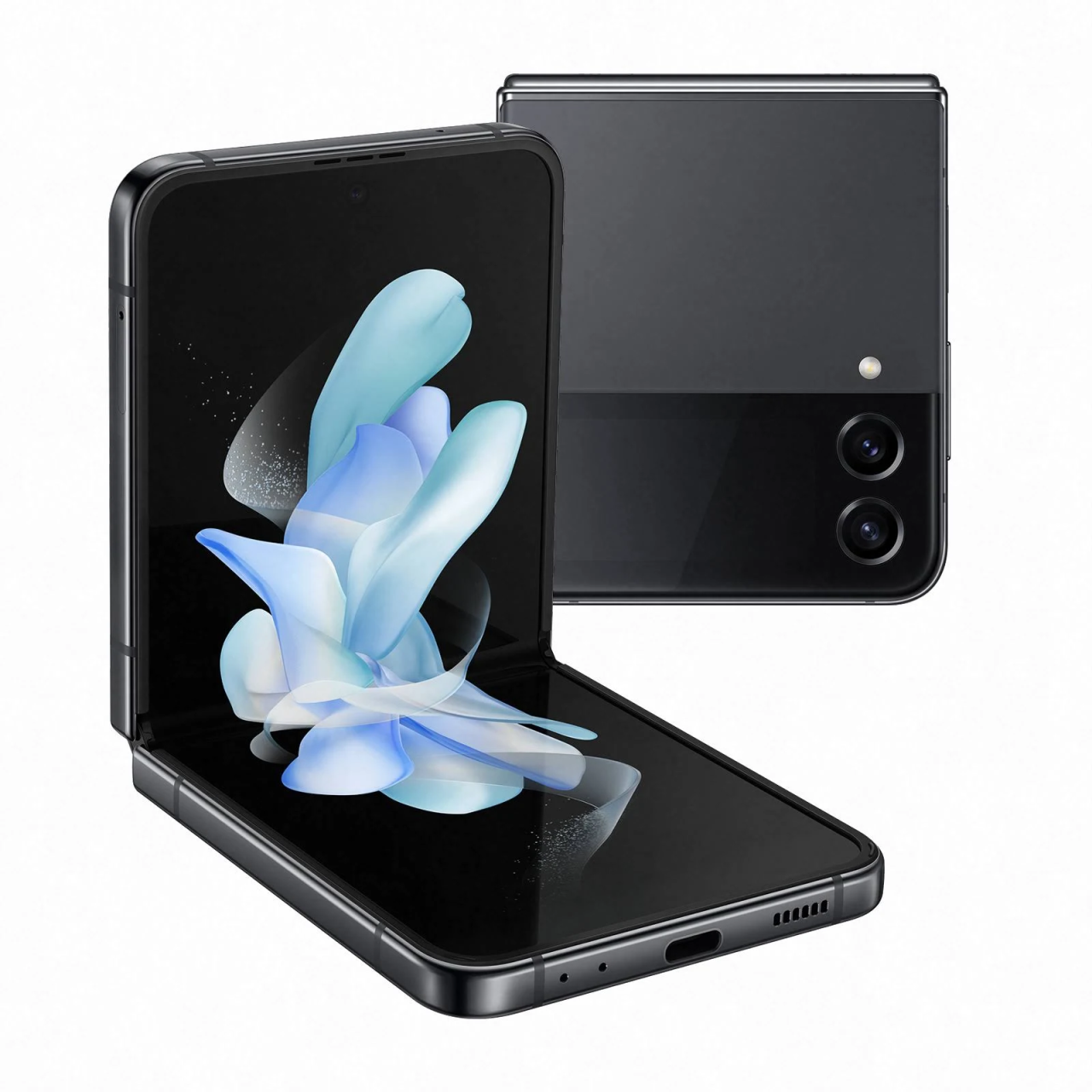samsung galaxy s ii takes center stage as a trailblazer in the smartphone arena, reshaping how we connect with technology. Launched in 2011, this device introduced innovative features that set new standards for mobile devices, captivating users with its sleek design and advanced capabilities.
The Samsung Galaxy S II boasts a stunning Super AMOLED Plus display, an impressive camera system, and a powerful processor, positioning it ahead of its contemporaries. Its specifications not only rival those of other flagship smartphones of the time but also highlight the advancements in mobile technology that this device brought to the forefront.
Features and Specifications of Samsung Galaxy S II

The Samsung Galaxy S II was a groundbreaking device upon its release, making waves in the smartphone market with its cutting-edge technology and sleek design. As one of the first flagship models in the Galaxy S series, it set new standards for performance, display quality, and camera capabilities, paving the way for future smartphones.
The Galaxy S II boasted a range of impressive specifications that distinguished it from its competitors. It featured a 4.3-inch Super AMOLED Plus display, which not only provided vibrant colors and deep blacks but also enhanced visibility in sunlight. The device was powered by a dual-core 1.2GHz processor, which allowed for smooth multitasking and quick app launches, while its 8MP rear camera captured stunning photos with excellent detail and clarity.
Key Features
The significance of the Galaxy S II’s features can be seen in several key areas, including display technology, processing power, and camera capabilities.
- Display: The 4.3-inch Super AMOLED Plus display was a standout feature, offering a resolution of 800 x 480 pixels. This technology allowed for brighter colors and better contrast, making it one of the best displays available at the time.
- Processor: With a dual-core 1.2GHz Exynos processor, the Galaxy S II was capable of handling demanding tasks and gaming experiences that other smartphones struggled with.
- Camera: The device featured an 8MP rear camera with autofocus and LED flash, as well as a 2MP front camera. The camera was capable of recording 1080p video at 30fps, making it a powerful tool for photography enthusiasts.
Comparison of Specifications
When comparing the Samsung Galaxy S II with other flagship smartphones released in the same year, its specifications were competitive. The table below highlights how the Galaxy S II stood against its contemporaries:
| Feature | Samsung Galaxy S II | HTC Sensation | Apple iPhone 4S |
|---|---|---|---|
| Display | 4.3″ Super AMOLED Plus | 4.3″ SLCD | 3.5″ Retina Display |
| Processor | 1.2GHz Dual-Core Exynos | 1.2GHz Dual-Core Snapdragon | 1.0GHz Dual-Core A5 |
| Rear Camera | 8MP | 8MP | 8MP |
| Video Recording | 1080p@30fps | 1080p@30fps | 1080p@30fps |
| Battery | 1650mAh | 1520mAh | 1432mAh |
Significance of Super AMOLED Plus Technology
The Super AMOLED Plus technology used in the Galaxy S II was a significant advancement in display technology. This innovative display type combined OLED and traditional LCD features, resulting in enhanced color accuracy and reduced power consumption. The ability to produce a wider color gamut and deeper blacks offered users a more immersive viewing experience, whether watching videos or playing games.
“Super AMOLED Plus technology redefined mobile display standards, making the Galaxy S II a pioneer in delivering superior visual quality.”
In summary, the Samsung Galaxy S II’s features and specifications not only set it apart from other smartphones at the time but also influenced the design and functionality of future devices in the smartphone industry.
User Experience and Reviews

The Samsung Galaxy S II has garnered significant attention since its release, primarily due to its performance and user-friendly interface. Users have shared a myriad of experiences, highlighting both the strengths and weaknesses of this flagship device. Overall, the feedback has painted a balanced picture of what it’s like to use the Galaxy S II in everyday scenarios.
User testimonials reveal a variety of perspectives on the device’s overall performance and usability. Many users have praised its speed and responsiveness, while others have pointed out some limitations that can affect the user experience. Here’s a closer look at the insights shared by users regarding the Samsung Galaxy S II.
Pros and Cons of Using Samsung Galaxy S II
User reviews often emphasize the notable advantages that come with the Galaxy S II, as well as some drawbacks that users have encountered. The following points summarize these pros and cons:
Pros:
– Powerful Performance: Users have noted the device’s impressive speed, capable of handling multiple apps and tasks seamlessly.
– Lightweight Design: Many have appreciated the phone’s slim profile and lightweight nature, making it comfortable to carry and use.
– Vibrant Display: The Super AMOLED Plus screen is frequently highlighted for its bright colors and excellent viewing angles, enhancing the multimedia experience.
– User-Friendly Interface: The TouchWiz interface is regarded as intuitive, allowing for easy navigation and customization.
– Strong Battery Life: Users report that the battery can comfortably last through a full day of heavy usage, which is a crucial aspect for many.
Cons:
– Software Updates: Some users express frustration over the lack of timely software updates, which can affect security and access to new features.
– Camera Quality in Low Light: While the camera performs well in good lighting, several users have noted that low-light performance is lacking.
– Overheating Issues: A number of testimonials mention that the device can become warm during intensive tasks, which could be a concern for some users.
– Limited Internal Storage: Users have reported that the internal storage can fill up quickly, especially with apps and media, necessitating the use of external memory cards.
Overall Performance and Usability Based on User Testimonials
The overall performance of the Samsung Galaxy S II is often described as solid, with users experiencing high levels of satisfaction. Reviews indicate that the device is capable of running various applications smoothly, providing a seamless multitasking experience. Users have reported quick app launches and smooth transitions, contributing to an enjoyable interaction with the device.
In terms of usability, the interface is frequently lauded for being straightforward, allowing users of all tech levels to navigate with ease. Many user reviews mention that the customization options available enhance the overall experience, enabling personalization that suits individual preferences.
Common Issues Faced by Users and Resolutions
Like any device, the Samsung Galaxy S II is not without its issues. Users have reported several common problems, along with the solutions they found effective. Here are some frequently encountered issues and the respective resolutions:
– Battery Drain: Users experiencing rapid battery drain recommended adjusting display brightness, closing unused applications, and disabling background data for certain apps to extend battery life.
– App Crashes: Some users faced app crashes, which they resolved by ensuring their applications were updated and clearing the cache of problematic apps.
– Connectivity Issues: Problems with Wi-Fi or Bluetooth connectivity were often resolved by resetting network settings or toggling airplane mode on and off.
– Slow Performance Over Time: Users noted that performance could degrade over time; performing a factory reset or uninstalling rarely used apps helped restore speed.
These insights reflect a comprehensive overview of user experiences with the Samsung Galaxy S II. From enthusiastic praises to constructive criticism, the feedback underscores the device’s capabilities and areas for improvement.
Software and Updates
The Samsung Galaxy S II was a groundbreaking device when it was first introduced, not just for its hardware but also for the software ecosystem it offered. Initially, the device shipped with Android 2.3 Gingerbread, which provided a solid foundation for a range of applications and features. As the smartphone market evolved, so did the Galaxy S II, receiving significant updates that enhanced its functionality and user experience.
Throughout its lifecycle, the Samsung Galaxy S II received several major Android updates, which not only improved performance but also introduced new features that aligned with user expectations. The device was officially upgraded to Android 4.0 Ice Cream Sandwich, bringing a refreshed user interface and improved multitasking capabilities. Later, it received an update to Android 4.1 Jelly Bean, which further refined its performance and introduced Google Now, enhancing the overall user experience.
Custom ROMs for Samsung Galaxy S II
For users looking to personalize their experience beyond what official updates offered, a variety of custom ROMs became available for the Samsung Galaxy S II. These custom ROMs can breathe new life into the device, often featuring the latest Android versions and unique tweaks that enhance performance and functionality. Below are some notable custom ROMs available for the Galaxy S II, along with their key features:
- CyanogenMod: One of the most popular custom ROMs, CyanogenMod offers a near-stock Android experience with added customization options. Users appreciate its stability and frequent updates.
- LineageOS: A continuation of CyanogenMod, LineageOS provides a modern Android experience with regular security updates. It focuses on privacy and performance while maintaining a clean interface.
- AOKP (Android Open Kang Project): Known for its customizability, AOKP allows users to tweak various settings and features, enabling a highly personalized user experience.
- Paranoid Android: This ROM emphasizes a unique user interface, including the “Pie” controls for multitasking and notifications. It also focuses on optimizing performance and battery life.
- Resurrection Remix: Combining features from multiple ROMs, Resurrection Remix provides extensive customization options, making it a favorite among power users looking for a robust feature set.
The availability of these custom ROMs allows Galaxy S II users to enjoy more recent Android features, even after official support has ended, ensuring that the device can still perform well in a rapidly evolving software landscape. Each ROM has its unique strengths, catering to different user preferences, thus extending the life of this iconic smartphone.
Market Impact and Legacy

The Samsung Galaxy S II marked a significant turning point in the smartphone industry, establishing Samsung as a formidable competitor against established brands like Apple and HTC. Launched in 2011, the device not only showcased advanced features and performance but also transformed consumer expectations for what a smartphone could deliver. Its impact resonates through subsequent generations of smartphones and remains a benchmark for innovation.
The Galaxy S II’s influence extended beyond its impressive hardware and software capabilities, as it pushed competitors to enhance their offerings. The device’s sleek design, vibrant Super AMOLED display, and powerful hardware made it a trendsetter that many manufacturers aimed to replicate. In a market that was increasingly competitive, the Galaxy S II’s success demonstrated the importance of a combination of aesthetics, functionality, and user experience.
Marketing Strategies Employed During Launch
Samsung employed a variety of innovative marketing strategies to promote the Galaxy S II, successfully capturing the attention of consumers and the tech industry alike. These strategies included:
- High-Impact Advertising: Samsung launched an aggressive advertising campaign across multiple platforms, including television, social media, and print. This ensured high visibility and reached a wide audience, highlighting the phone’s features and capabilities.
- Celebrity Endorsements: By partnering with popular celebrities and influencers, Samsung was able to align the Galaxy S II with lifestyle aspirations, making it appealing to younger consumers.
- Strategic Partnerships: Collaborating with carriers and retailers enabled Samsung to provide attractive deals and promotions at launch, making the device more accessible to a larger audience.
- Engaging Launch Events: Samsung organized high-profile launch events that generated considerable media coverage, creating buzz around the device and establishing it as a leader in the smartphone market.
The effectiveness of these marketing strategies can be observed in the impressive sales figures and rapid adoption of the Galaxy S II, which helped solidify Samsung’s position in the smartphone arena.
Notable Awards and Recognition Timeline
The Samsung Galaxy S II received numerous accolades that underscored its impact and excellence in the technology sector. The following timeline highlights some of the most notable awards and recognitions:
| Year | Award | Organization |
|---|---|---|
| 2011 | Best Smartphone | GSMA Global Mobile Awards |
| 2011 | Best Mobile Device | Stuff Gadget Awards |
| 2012 | Best Android Phone | TrustedReviews |
| 2012 | Best of CES | Engadget |
| 2012 | Product of the Year | What Hi-Fi? Awards |
These accolades reflect the Galaxy S II’s innovative features and its role in redefining user expectations in the smartphone market. The recognition it received not only validated Samsung’s efforts but also set a new standard for future devices within the industry.
General Inquiries
What is the display size of the Samsung Galaxy S II?
The Samsung Galaxy S II features a 4.3-inch display.
Is the Samsung Galaxy S II still supported with updates?
No, the Samsung Galaxy S II no longer receives official software updates.
What operating system did the Samsung Galaxy S II originally run on?
The device originally shipped with Android 2.3 Gingerbread.
Can I use modern apps on the Samsung Galaxy S II?
Many modern apps may not support the Samsung Galaxy S II due to its outdated hardware and software.
What are common issues faced by Samsung Galaxy S II users?
Users commonly reported battery life issues and performance slowdowns over time.
The Samsung Galaxy S10 Plus has made waves in the smartphone market with its impressive camera capabilities and sleek design. This flagship model not only boasts a stunning display but also offers an exceptional user experience, making it a top choice for tech enthusiasts. With features that cater to both photography lovers and gamers, the S10 Plus stands out as a versatile device that meets various user needs.
In contrast, the Samsung Note 7 faced significant challenges during its release, primarily due to its battery issues. Despite its initial popularity and innovative features, the model became infamous for the safety concerns that led to its recall. This incident served as a critical lesson for Samsung, prompting the company to enhance its safety protocols and restore consumer trust in its devices.
